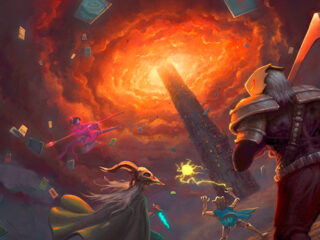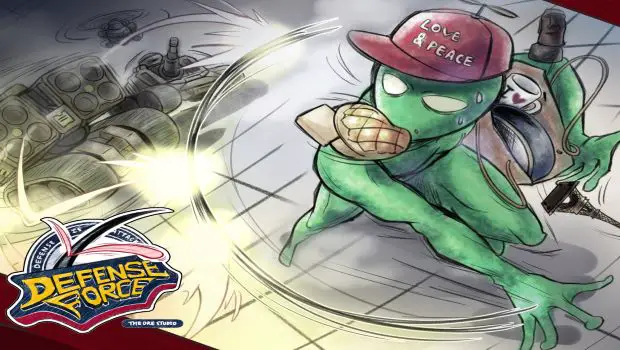Full Power to Shields
Defense Force is not a complicated game. Developed by Hong Kong startup The Ore Studio Ltd., the ironically named game follows a small green alien’s attempts to dodge an army of trigger-happy humans. Unfortunately, the game’s simplistic charm does not eclipse its technical issues.
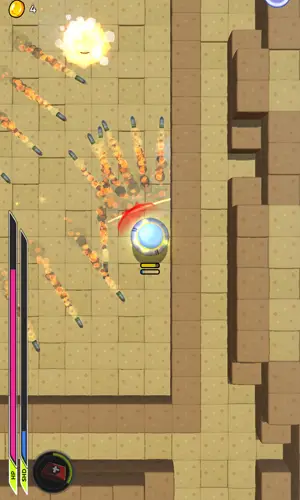
The basic premise of Defense Force is quite simple, but not without potential. Players control a flying saucer from a top-down perspective. The ship doesn’t have weapons but can throw up a deflector shield to fling enemy projectiles back at them. Players activate the shield by tapping on the screen then drawing the shape of the shield with their fingers. It’s listed as an RPG in Google Play, but the action-heavy title plays more like a cross between a puzzle game and bullet hell shooter. Most of the challenge comes from positioning the ship and its shield to use your enemies’ own missiles against them.
Speaking of enemies, there is a decent amount of variety. Players start out fighting basic tanks firing one shot every few seconds. Gradually, Defense Force introduces new enemy types, like missile launchers that fire a volley of rockets in an arc in front of them and burst-firing machine guns. Later on, the game introduces flying enemies that can follow you around the battlefield. To help battle these threats, players have access to a variety of items to heal their ship, lengthen the deflector shield, or offer a boost in speed.
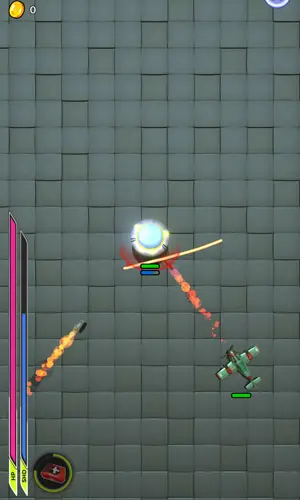
Incoming!
And you will need those buffs, as Defense Force loves nothing more than filling the screen with projectiles. This premise might be a turn-off for fans of traditional bullet hell shooters, but The Ore Studio almost managed to make it work. The same frantic action is there, and the constant need to balance risk and reward keeps things from getting boring. However, it also forces you to play very defensively. The ship is also very slow, forcing you to rely on the shield almost exclusively. And maybe it’s just me, but drawing shields with your finger is too imprecise to reflect attacks with any accuracy. There’s also no way to cancel or redraw shields, which exacerbates the problem further. And since the shield is your only means of self-defense, these issues are pretty much unavoidable.
Defense Force also engages in many of the frustrating monetization behaviors that give mobile gaming a bad name. The most annoying is the Stamina system. Each stage costs progressively more energy to attempt. But players can only store twenty units of Stamina at once, and it takes an hour and a half to fully recharge. The result is a game you can play for twenty minutes or so before it locks you out of most stages. You can buy more Stamina with Ore, the game’s premium currency, or by watching ads. You also gain Ore by completing stages, but it’s not enough to get out of either waiting or spending money.
Hot and Bothered
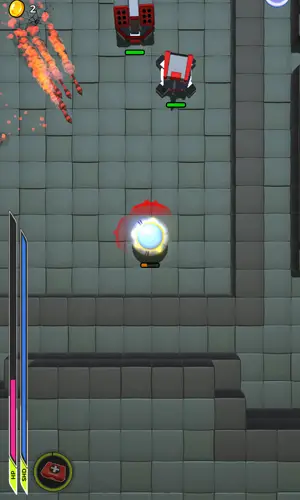
Of course, you might not want to play the game for very long, unless you like singeing your fingertips. I can only speculate as to why, but for some reason this game made my phone get very hot very quickly. Now, I expect it to get hot with something like Civilization 6 or Company of Heroes, but not a comparatively much simpler game like Defense Force. The game also requires an internet connection and an extra 54-megabyte download after installation. Again, I expect that on a PC port or console-quality game like Pascal’s Wager. I don’t expect it from something on the same technical level as Archero or its various knockoffs.
Was Defense Force fun? Sure, when the controls weren’t being awkward to use and the screen wasn’t burning my fingerprints off. Unfortunately, that was the majority of the game. The right player might like it in spite of its many flaws, but I don’t think I can recommend Defense Force in its current state.
Is It Hardcore?
No.
Defense Force has an interesting premise but falls flat in execution. While it is never boring, the awkward controls and technical issues make it difficult to really enjoy.




